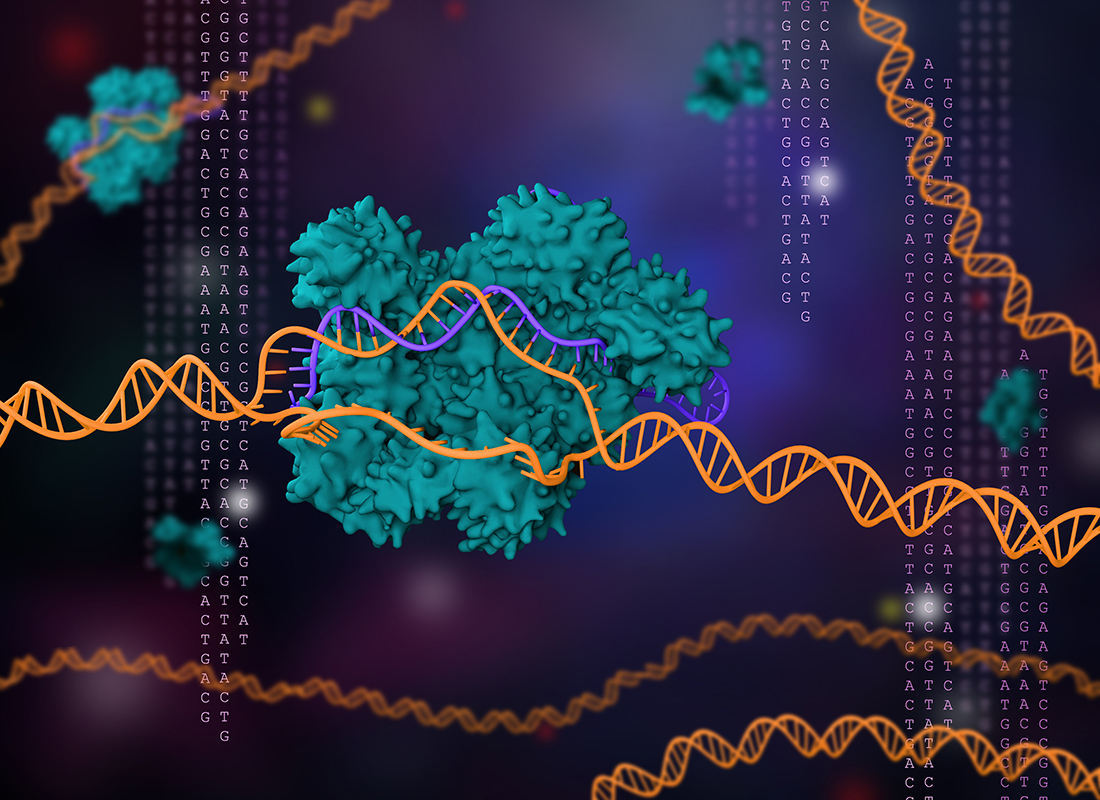Simplifying At-Home Tests with AI
A new assay uses AI-optimized enzymes to simplify and increase the accuracy of rapid pathogen detection.

Subscribe to Clinical Diagnostics Insider to view
Start a Free Trial for immediate access to this article
A new assay uses AI-optimized enzymes to simplify and increase the accuracy of rapid pathogen detection.

Start a Free Trial for immediate access to this article